High costs and dearth of financial assistance programs for middle-income seniors leave them in the lurch when help at home is needed
By Judy Goddess and Mary Hunt
The Rev. Eileen Kinney never expected a time would come when she couldn’t take care of herself. But her neuropathy, a disorder that causes in numbness, tingling, muscle weakness and pain – typically in the hands and feet, began to worsen and she started having trouble cooking and cleaning. She needed help at home.
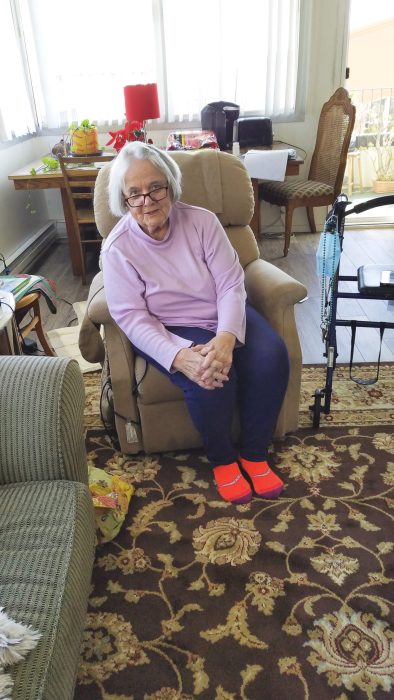
She couldn’t afford the average $45 per hour private, in-home care agencies charge. Rent at the Martin Luther Tower senior living apartments where she lives, groceries from Amazon and a twice daily dog walker absorb most of her income.
“How would I manage?” she wondered. Despite her years counseling older congregants facing the challenges of aging, she felt hopeless. “I didn’t know anything about the difficulty of being older,” she said.
Kinney is one of the burgeoning number of older adults experiencing temporary or chronic physical challenges who need help at home with some or all of their household chores, personal needs or minor medical care. In-home care has long been seen as a way for seniors to age at home – and more affordable than a nursing home or institution.
But it has yet to reach its potential. In-home care is unaffordable for most middle-income seniors like Kinney, and there few places they can turn for financial support.
Those with higher incomes may be able to afford the out-of-pocket costs, or longterm care insurance. Medi-Cal subsidizes the poor ¬– those making $18,755 a year or less. Medicare, the federal health program for seniors and those with disabilities, only covers in-home medical care for rehabilitation after hospitalization.
“Medicare pays you to go to a doctor and get your toenails clipped, but it does not cover toileting, bathing, dressing, feeding, transferring, walking assistance etc.,” said Evan Loevner, CEO of Aviva In-Home Care. “Something is very wrong here.”
A double-headed dilemma
For 15 hours a week of Marie’s time, Kinney pays $390 a month. The rest is subsidized by Support at Home, an Institute on Aging program funded by San Francisco’s Department of Disability and Aging Services.
In the late 1980s, when many of today’s seniors were actively employed and busy raising children, home care was a nascent industry. But long-term care researchers saw it as the most promising alternative to institutionalization. By 2019, home care was the country’s third fastest-growing occupation, and it is forecast to grow by 33 percent from 2020 to 2030, much faster than the average for all occupations, according to the federal Bureau of Labor Statistics.
Paradoxically, the work’s part-time nature, intermittent duration, low pay and slim to non-existent benefits mean there are not enough caregivers to meet demand. About 599,800 openings are projected each year, on average, over the decade, according to the Bureau. Many of those openings are expected to result from the need to replace workers who transfer to different occupations or exit the labor force, such as to retire.
“What I know both personally and professionally is that there is an extreme shortage of homecare workers not only in San Francisco but statewide and nationally,” said Kelly Dearman, executive director of the San Francisco Department of Disability and Aging Services, which oversees the city’s In-Home Supportive Services program. Dearman, her spouse and children live with her aging parents, and she has had to hire caregivers for her mother.
Hope for Help in California
In 2020, according to the Kaiser Family Foundation, more than 650,000 seniors were on waiting lists to receive home care through Medicare, the healthcare program for the poor, with 8,510 of them in California. Many had put hope in President Biden’s stalled social spending bill, which would have added $400 billion over eight years, in part to increase the historically low wages of home care workers.
In the meantime, California is paving its own way. Assemblyman Adrin Narzarian, chair of the legislature’s Aging and Long term Care Committee, is sponsoring a number of bills to help older adults, including rent assistance and service-enriched housing. And in the upcoming budget, he’s asking for nearly $900 million for programs to support caregivers and aging agencies, the majority of which would be in the form of tax credits to unpaid family caregivers.
Additionally, a recently released report by the UCLA Labor Center on California’s homecare crisis recommended creating a “social insurance program” for long-term care, much like Social Security. In 2019, Washington state created the Long-Term Services and Supports Trust Program to do just that. An assessment of 0.58 percent on all employee wages that began in January is expected to begin providing benefits by 2025.
Some try to buffer the cost with long-term care insurance. But that’s also expensive. In 2021, the average annual cost of a standard policy at age 65 was $1,700 for a single man, $2,700 for a single woman and $3,750 for a couple – for $165,000 worth of coverage, according to the American Association for Long Term Care Insurance. California has one of the highest rates of coverage in the country, yet participation in 2020 represented only 1.5 percent of the population, a drop from previous years.
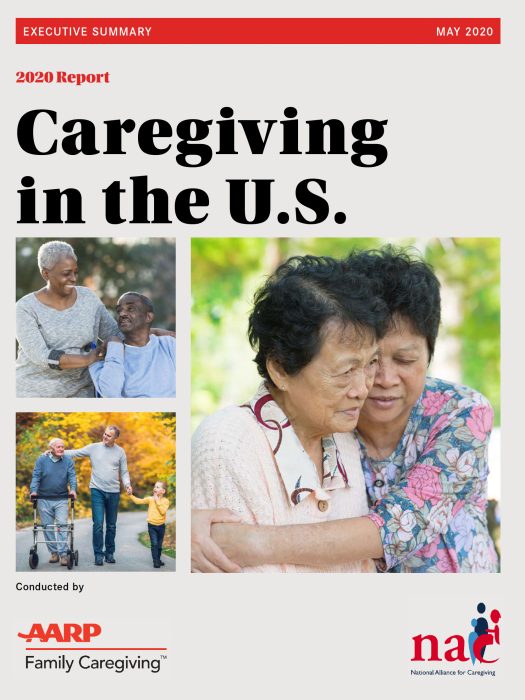
About 75 percent of those not covered by long-term care insurance or Medicaid could fund about two years of paid home care – if they liquidated all their assets, including cars and businesses – but not their home equity, according to a 2019 U.S. Department of Health and Human Services survey. That may change somewhat in July, when the value of assets allowed by Medicaid jumps from $2,000 to $130,000.
In the meantime, many seniors try to reduce their assets to qualify for Medi-Cal, California’s Medicaid program.
“There’s a whole field of law to help seniors spend down their assets and income,” said Kayt Norris, director of training and workforce development for Homebridge, a San Francisco Medi-Cal program serving adults with dementia or severe disabilities.
Many people use the free session with an elder law attorney offered by the San Francisco Family Caregiver Alliance to do so, said consultant Stella Lazzo. “Medicare doesn’t cover much: 30 days of rehab, no-in home care and no long-term care. Medi-Cal covers all that which is why so many families spend down.”
Spending down for help
Strategies include installing a chair lift, downstairs bathroom or wheelchair ramp, pre-paying monthly medical bills, health insurance premiums and funeral costs or placing assets in an irrevocable trust for the older person’s care.
Medi-Cal also has a “share of cost” program for people whose income is $200 a month over the eligibility limit, according to Kelly Bryant, the director of intake at the DAS Benefits and Resources HUB, a place to start for anyone who needs in-home care. “You may think you’re not eligible for Medi-Cal, but there are so many programs and resources available, you may be eligible.”
In San Francisco, that includes Support at Home, Homebridge and PACE (Program of All-Inclusive Care for the Elderly), run by the nonprofit, senior services agency On Lok. Available to anyone 55 or older, it covers all Medicare and Medi-Cal services and any additional care deemed necessary. One member, a Mrs. Guo, left her private doctor to join PACE almost six years ago. She likes its whole-person approach, she said through an interpreter. “That’s especially important for aging people where your body changes every day.”
But there may be thousands more San Franciscans who are not eligible for these programs. As of July 2021, according to census data, the city’s population of adults 65 or older was 131,247. Their median income was $54,428.
Medi-Cal serves 25,000 of them. PACE has 1,700 members. Homebridge has 300 caregivers and could easily place another 100. Support at Home serves 125 seniors, including Kinney, and according to program supervisor Lisa Olsen, has a pool of 400 applicants.
Next in the series:
Friday, May 6: ‘I’m too young to need a walker!’ A fall and fracture jolt an independent life in a comfy Stonestown apartment. Mary Hunt didn’t think of herself as old at the age of 76. Even when she broke her wrist in a fall, she didn’t see the need to hire a caregiver. She lived alone but had friends around and a sister in Daly City. Her daughter lives in Georgia. Having some stranger come in felt like an intrusion.Georgia. Having some stranger come in felt like an intrusion.
A Guide to In-Home Care
Medicare is the federal healthcare program for people 65 and older who have contributed through lifetime paycheck deductions, as well as dialysis patients and younger people with disabilities. It covers post-hospitalization, physician-prescribed care. Call HI-CAP for more information or free counseling. 1-800-434-0222 toll-free or 415-677-7520.
Medi-Cal, California's version of Medicaid, is the healthcare program for low-income people of nearly all ages. In addition to regular medical services, it covers support in the home for personal and household needs, minor medical care and equipment. More information on what Medi-Cal covers can be found at NOLO legal press.
In-Home Support Services (IHSS) is a state program, an adjunct to Medi-Cal administered by San Francisco's Human Services Agency, available to low-income people 65 or older, or disabled or blind – and children with disabilities. It helps pay for housecleaning, meal preparation, laundry, grocery shopping, personal care services (such as bowel and bladder care, bathing, grooming and paramedical services), accompaniment to medical appointments, and protective supervision for the mentally impaired. The Department of Disability and Aging Services' Benefits and Resources Hub is the place to start for information on all senior services, including Medi-Cal. Call 415-355-6700. Its offices are at t 2 Gough St.
Homebridge, an IHSS program, hires and supervises caregivers for clients unable to themselves due to dementia or other disabilities. Call 415-255-2079 or email info@homebridgeca.org.
Support at Home, a program of the nonprofit Institute on Aging, offers home care vouchers to older adults and adults with disabilities in San Francisco who cannot afford other help. Applicants must require assistance with at least two daily living activities. There is a waiting list but you are encouraged to call, 415-750-4111.
PACE is a paid health maintenance organization available to seniors 55 and older. Members assign their Medicare or Medicaid benefits to PACE and in turn receive a full range of healthcare services, including in-home care. In California, PACE is available through the On Lok Senior Services Agency, which established the model program, now replicated throughout the country, in the early 1980s. Call 855-0973-1110.


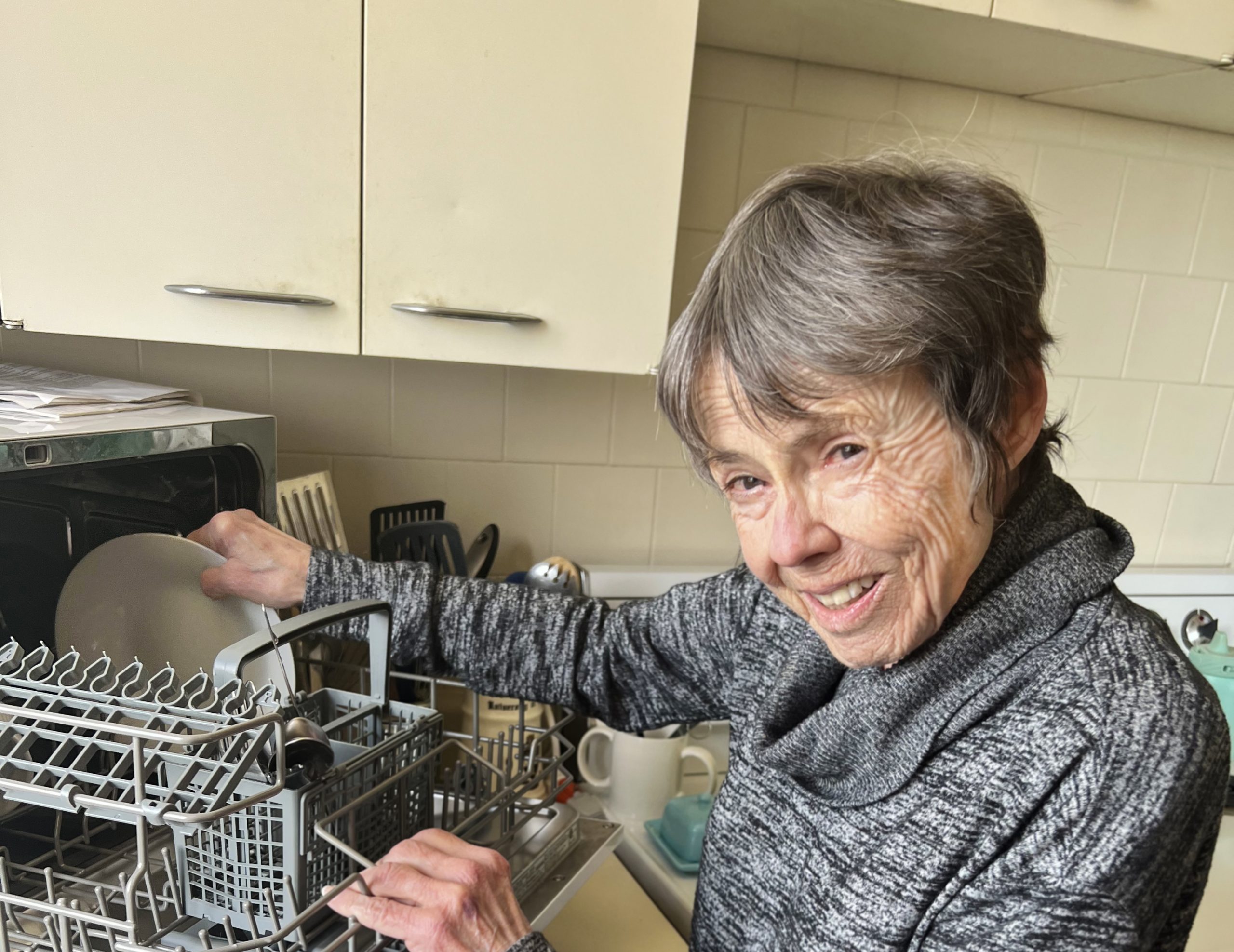
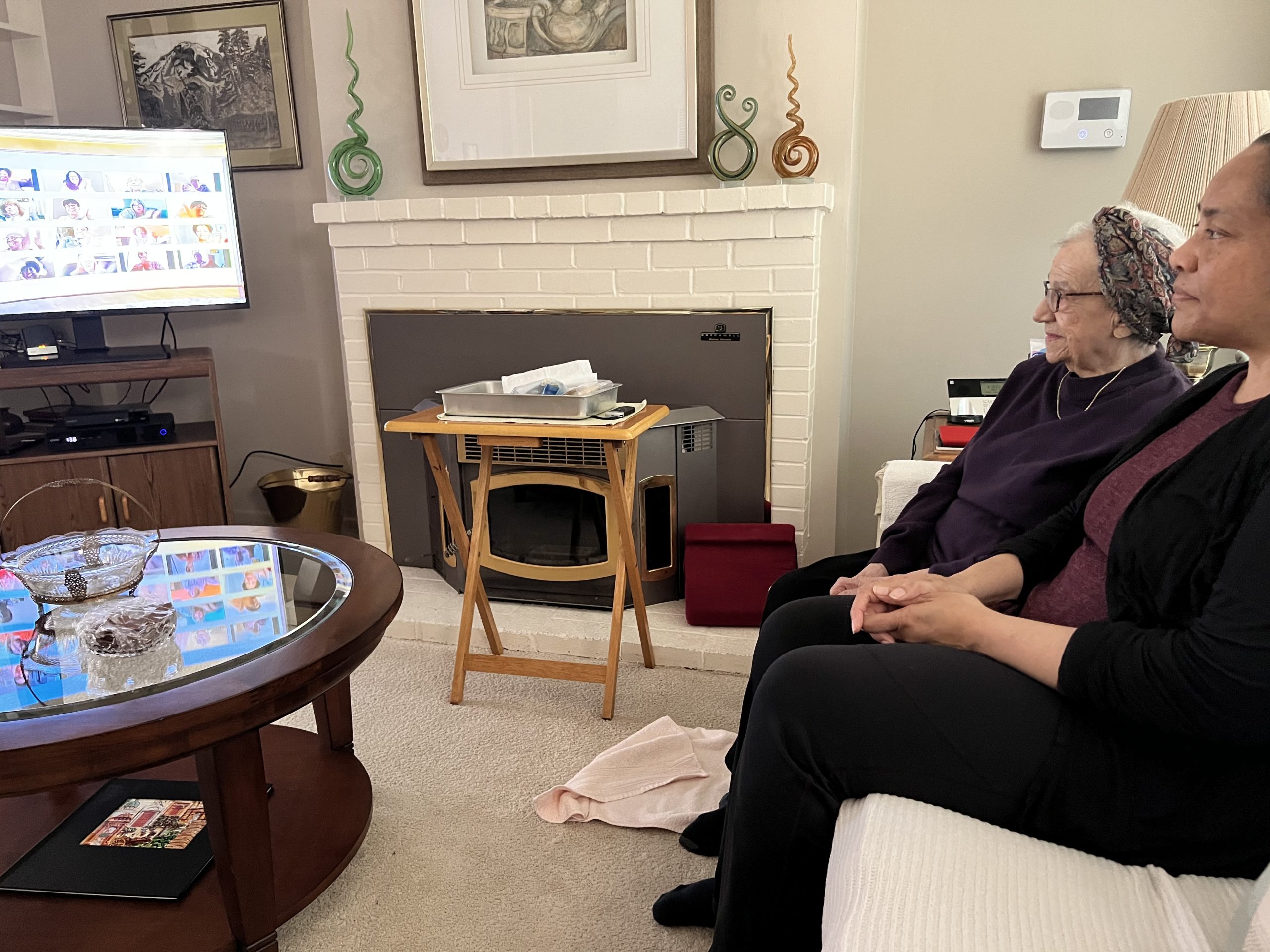
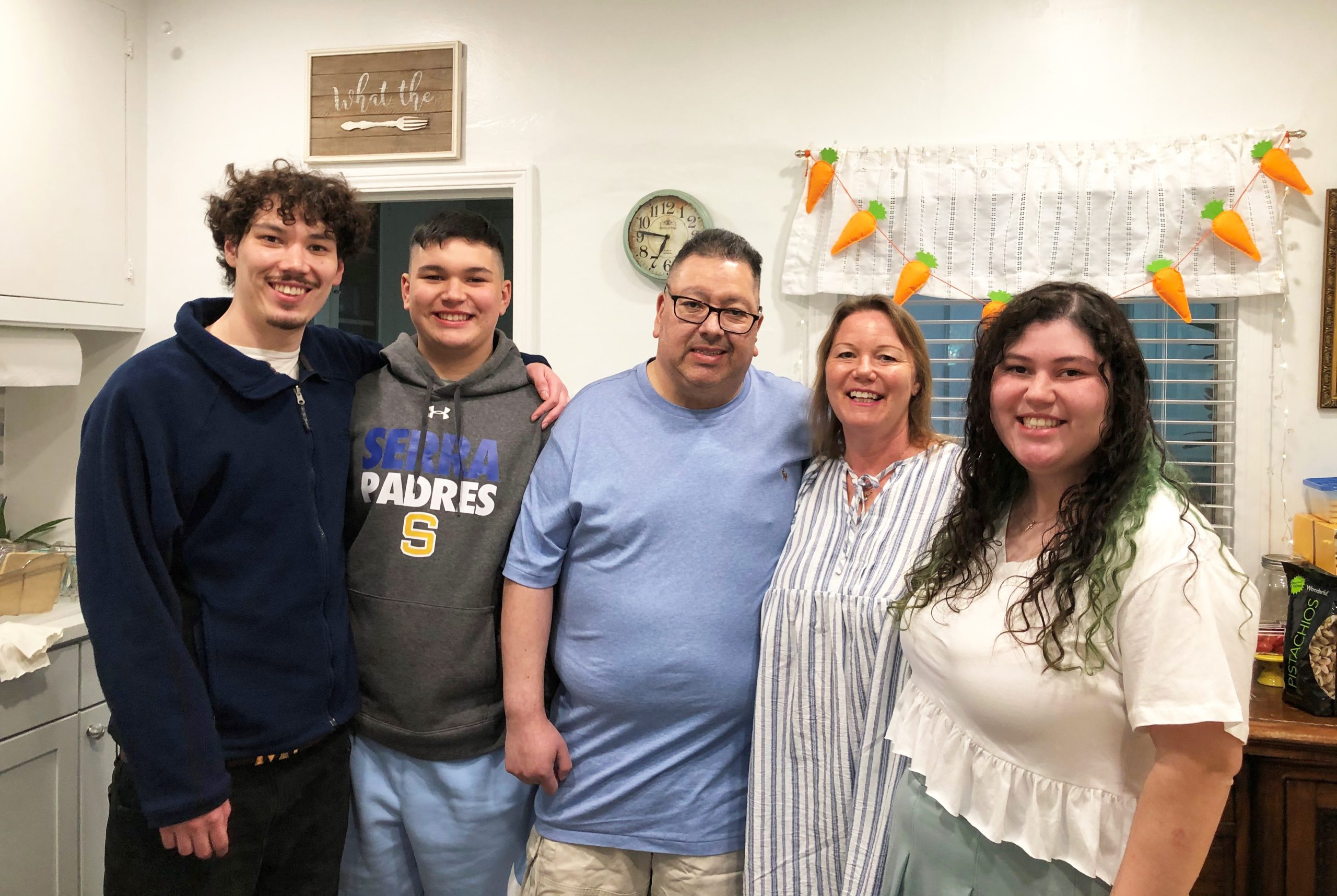

Jane Field
Thank you for your research and very helpful information.